In today's fast-paced world, finding the time for a comprehensive workout can be a challenge. HIIT treadmill workouts are a great option for people who want to improve their heart health. They also help burn calories and reach fitness goals quickly. HIIT is popular for its ability to achieve impressive results in less time than traditional workouts.
HIIT treadmill workouts are a powerful tool for all fitness levels, as they combine cardio exercise with interval training's intensity. This exercise routine can be customized to help you lose weight, improve stamina, or shape your body according to your goals.
This guide will help you understand HIIT treadmill workouts. It explains their benefits, how to create effective routines, nutrition and recovery tips, and how to avoid common mistakes. HIIT treadmill workouts can improve your fitness and change your body. It doesn't matter if you're a beginner or if you want to enhance your workout routine.
What is HIIT?
HIIT is a fitness technique that includes short bursts of intense exercise followed by rest or lower-intensity recovery. HIIT aims to maximize exercise benefits in less time than traditional cardio workouts.
Here's how HIIT typically works:
During the "work" phase of HIIT, you engage in high-intensity exercises. These exercises push your heart rate and effort level to nearly their maximum capacity. This phase is often characterized by challenging exercises like sprinting, jumping, burpees, or cycling at a very high resistance.
The intense activity is done for a short time. It usually lasts 20 seconds to 2 minutes. The duration depends on your fitness level and workout routine.
After intense activity, you have a short recovery period. This can include resting or doing light exercises such as walking or slow cycling. This phase allows your heart rate to decrease and your body to partially recover.
Repeat: The work and recovery phases are repeated multiple times within a single HIIT session, forming intervals. The number of intervals and their duration can vary based on your fitness goals and the specific HIIT workout you're following.
HIIT saves time by giving the same fitness benefits as longer workouts in a shorter period. A typical HIIT session may last between 15 to 30 minutes, making it a time-efficient option for busy individuals.

Benefits of HIIT
- Improved cardiovascular fitness:
HIIT can enhance your heart and lung health.
- Exercising helps you burn more calories.
This is because of the "afterburn effect" or EPOC. The afterburn effect means that you continue to burn calories even after you finish exercising. This is called excess post-workout oxygen consumption.
- Time efficiency:
HIIT is suitable for those with limited time for exercise.
- Fat loss:
It's effective for reducing body fat and improving metabolic health.
- Muscle preservation:
Unlike some forms of steady-state cardio, HIIT is less likely to lead to muscle loss.
HIIT Treadmill Workout
Setting up your HIIT treadmill workout is essential to ensure a safe and effective exercise session. Here's a breakdown of the key steps involved:
Choosing the Right Treadmill:
- Consider Your Budget:
Treadmills come in a wide range of prices, so decide on a budget that fits your financial situation.
- Space and Size:
Ensure you have enough space to accommodate the treadmill comfortably in your home or gym.
- Motor Power:
Look for a treadmill with a motor that suits your needs. For HIIT, a motor with at least 3.0 continuous horsepower (CHP) is recommended.
- Speed:
Choose a treadmill that can reach high speeds (typically 7.5 mph or more).
- Running Surface:
Opt for a treadmill with a spacious running deck to allow for natural stride length and comfortable workouts.
- Stability and Durability:
Check user reviews and ratings to ensure the treadmill is stable and built to last.
Extra features like workout programs, heart rate monitors, and fitness app compatibility can enhance your fitness goals.
I highly recommend DeerRun folding smart treadmills that can meet all the above needs. Smart treadmills also can link to the fitness app - PitPat, which can help people have more fun while running.

Safety Precautions:
- Read the Manual:
Familiarize yourself with the treadmill's user manual to understand its functions and safety features.
- Safety Key:
Use the safety key or emergency stop button that most treadmills are equipped with. This stops the treadmill immediately in case of an emergency.
- Positioning:
Place the treadmill on a stable, level surface to prevent wobbling during high-speed intervals.
- Wear Appropriate Footwear:
Use proper athletic shoes with good cushioning and support.
- Stay Hydrated:
Have a water bottle within reach to stay hydrated, especially during intense workouts.
- Clear Surroundings:
Ensure there are no obstacles around the treadmill to avoid tripping or falling.
- Children and Pets:
Keep children and pets away from the treadmill while it's in use.
- Know Your Limits:
Listen to your body and know your fitness limits. Don't push yourself too hard, especially if you're a beginner.
Warm-Up Exercises:
- Dynamic Warm-Up:
Begin your HIIT treadmill workout with a dynamic warm-up routine. This can include exercises like leg swings, high knees, butt kicks, arm circles, and bodyweight squats. These activities help increase blood flow, loosen up your muscles, and prepare your body for more intense exercise.
- Gradual Intensity:
Start your treadmill at a slow pace and gradually increase it over a few minutes to get your heart rate up.
- Stretching:
Perform light stretching to target major muscle groups, focusing on your legs, back, and core. Stretching can improve flexibility and reduce the risk of injury.
- Mental Preparation:
Take a moment to mentally prepare for your workout. Set your intentions, goals, and the specific HIIT routine you plan to follow.
To have a safe and effective HIIT treadmill workout, you should follow these steps. First, choose the right treadmill. Next, make sure to warm up properly.
Lastly, prioritize safety. Remember that safety should always be a priority when engaging in any form of physical activity.

Frequently Asked Questions
Can Anyone Do HIIT Treadmill Workouts?
HIIT treadmill workouts can be adapted to suit various fitness levels, but they may not be suitable for everyone. Here are some considerations:
Beginners and people with low fitness levels or medical conditions should consult a healthcare provider before attempting high-intensity workouts.
Health Conditions: People with heart conditions, joint problems, or other medical issues should seek medical advice before starting HIIT. A physician can help determine if HIIT is safe for them and provide guidelines.
HIIT can be done by people of all ages. However, older adults may need to adjust the intensity and length of their workouts. This is to accommodate their fitness levels and address any age-related concerns they may have.
Before doing HIIT workouts while pregnant, pregnant women should consult with their doctor. This is because HIIT workouts may not be safe for all stages of pregnancy.
Injuries: If you have injuries, particularly lower body or joint injuries, you may need to modify or avoid certain HIIT exercises. Seek guidance from a physical therapist or fitness professional.
Remember that safety and your well-being should always come first. It's smart to ask a doctor or trainer if HIIT treadmill workouts are right for you.
How Often Should I Do HIIT Treadmill Workouts?
The frequency of your HIIT treadmill workouts depends on your fitness goals, current fitness level, and recovery capacity. Here are some general guidelines:
Beginners: If you're new to HIIT, start with 1-2 sessions per week to allow your body to adapt. As your fitness improves, you can gradually increase the frequency.
If you are more fit, you can do HIIT workouts 3-4 times a week. It is important to have rest days in between to aid in recovery.
If you do HIIT treadmill workouts and other exercises like strength training or yoga, ensure you have a balanced weekly schedule. This schedule should allow you enough time to rest and recover.
Listen to Your Body: Pay attention to your body's signals. Resting your body is important if you're tired, achy, or very stressed. It helps to avoid overtraining and lowers the chance of getting hurt.
Ultimately, the optimal frequency of HIIT treadmill workouts varies from person to person. It's crucial to strike a balance that aligns with your goals, allows for recovery, and fits your lifestyle.
Can I Combine HIIT with Other Exercises?
Yes, you can certainly combine HIIT treadmill workouts with other forms of exercise to create a well-rounded fitness routine. Combining different types of workouts can offer various benefits, including improved overall fitness, muscle development, and flexibility. Here are some ways to combine HIIT with other exercises:
Strength Training: Pairing HIIT with strength training exercises can help you build muscle and improve overall body composition. You can alternate between HIIT and strength training sessions on different days.
Yoga or Stretching: Incorporating yoga or stretching routines on rest days or after HIIT workouts can enhance flexibility, balance, and relaxation.
Cross-training means doing different activities like swimming, cycling, or group fitness classes along with HIIT treadmill workouts. This diversifies your workouts and reduces the risk of overuse injuries.
Doing activities you like, such as hiking, dancing, or playing basketball, alongside HIIT training can make exercise more fun and beneficial.
Combining HIIT with other exercises can provide a holistic approach to fitness, targeting different aspects of health and well-being. Be sure to plan your workouts to allow for adequate recovery and avoid overtraining.
Conclusion
HIIT treadmill workouts offer people an opportunity to achieve their fitness goals efficiently. HIIT is a great way to achieve weight loss, improve heart health, and shape your body. It's flexible and works well.








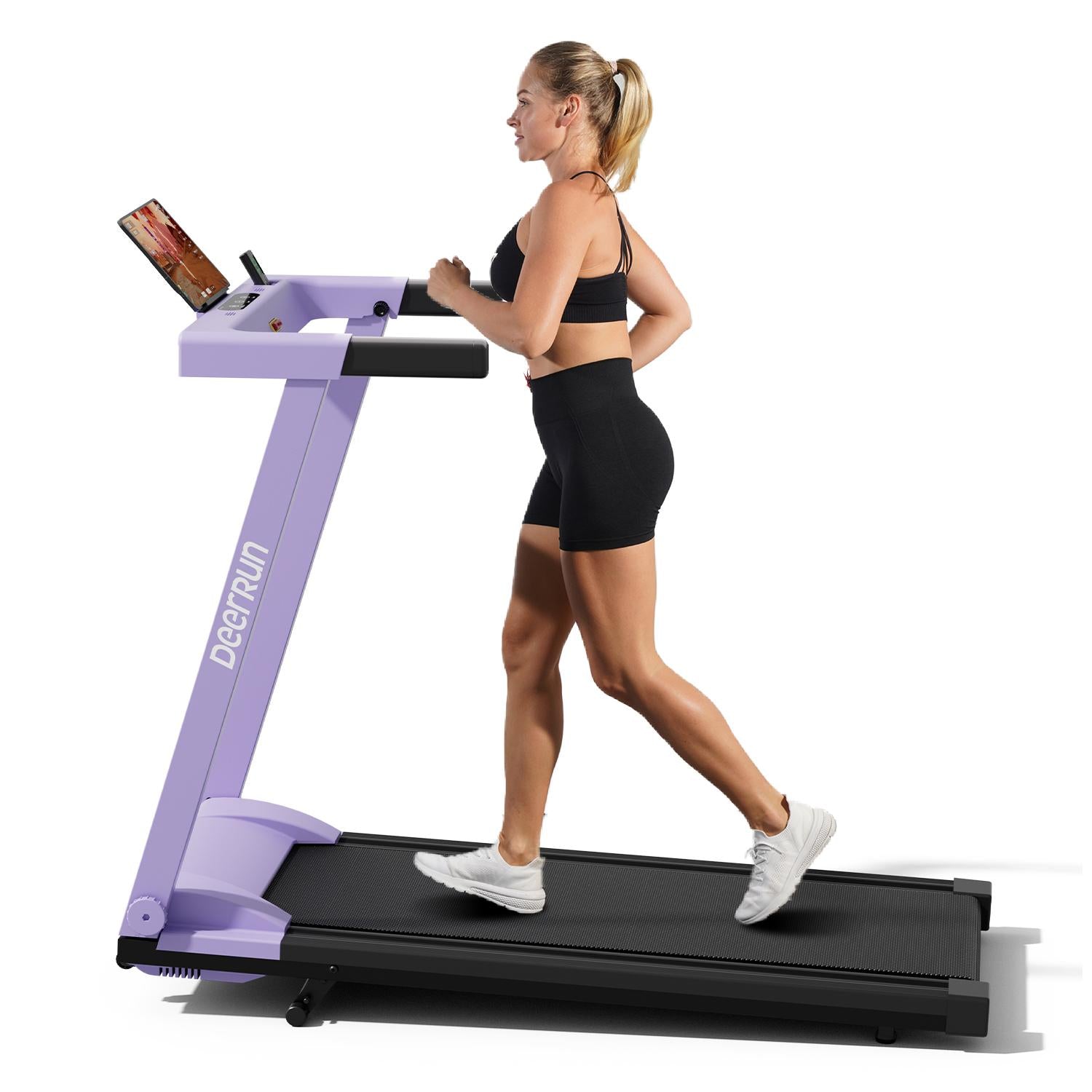
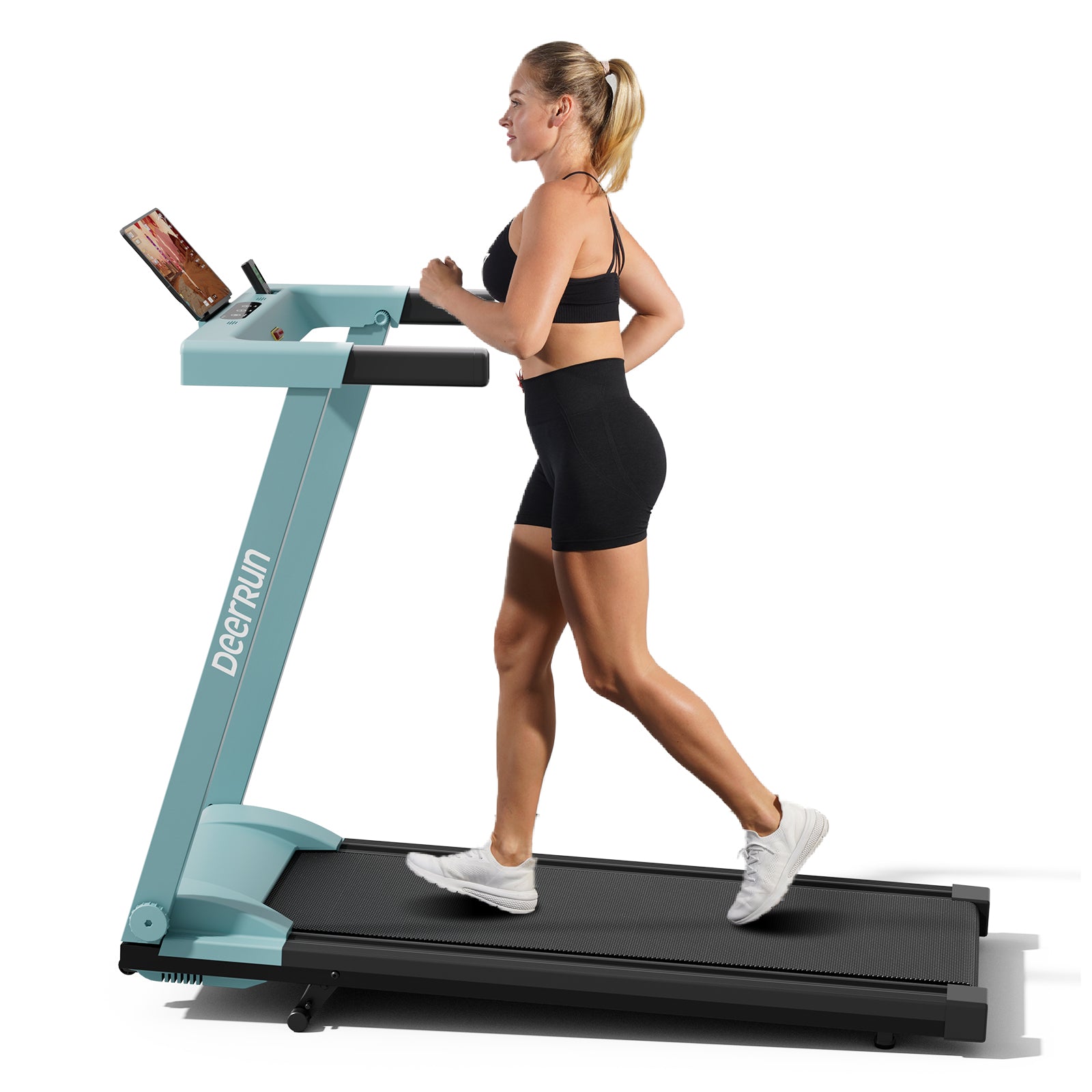





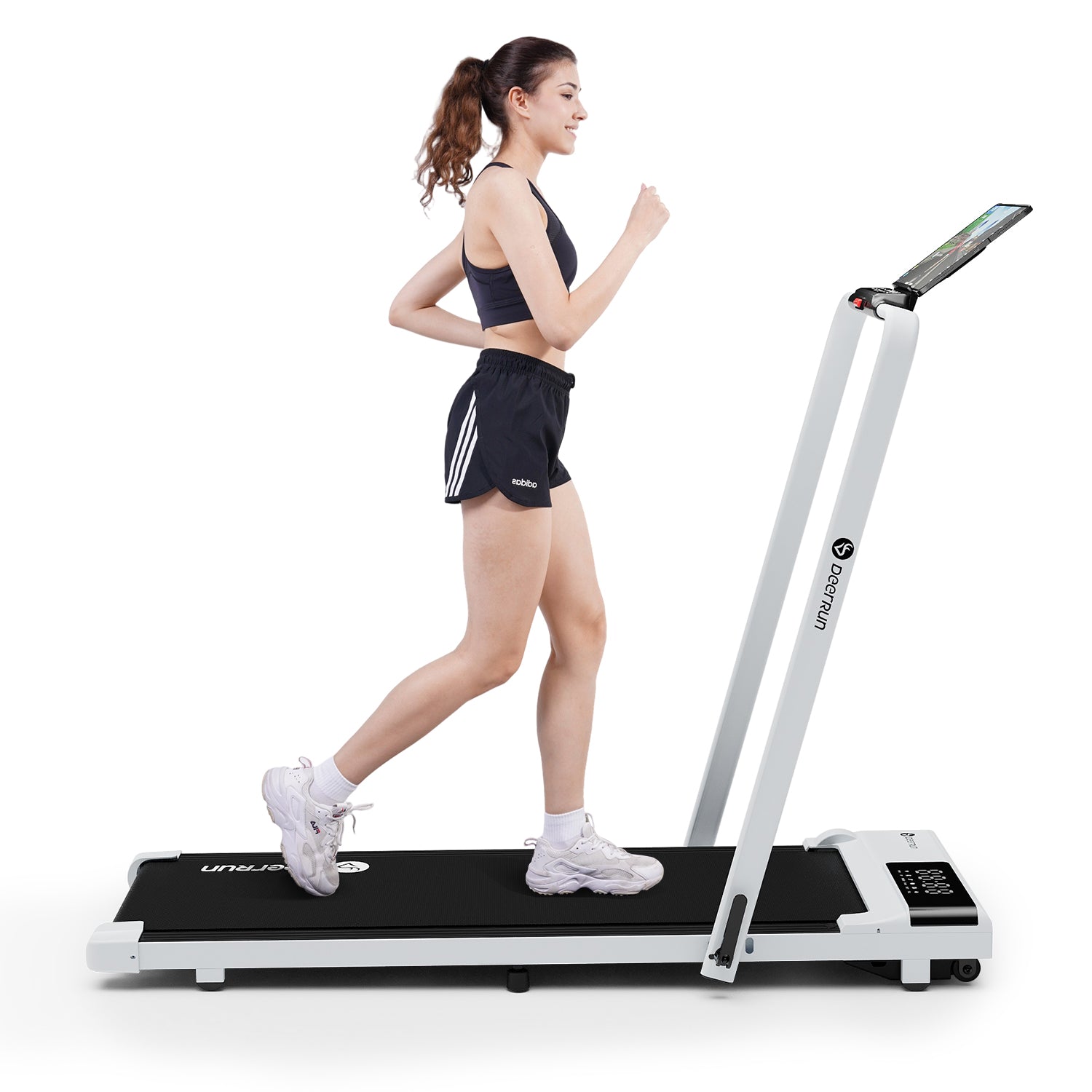

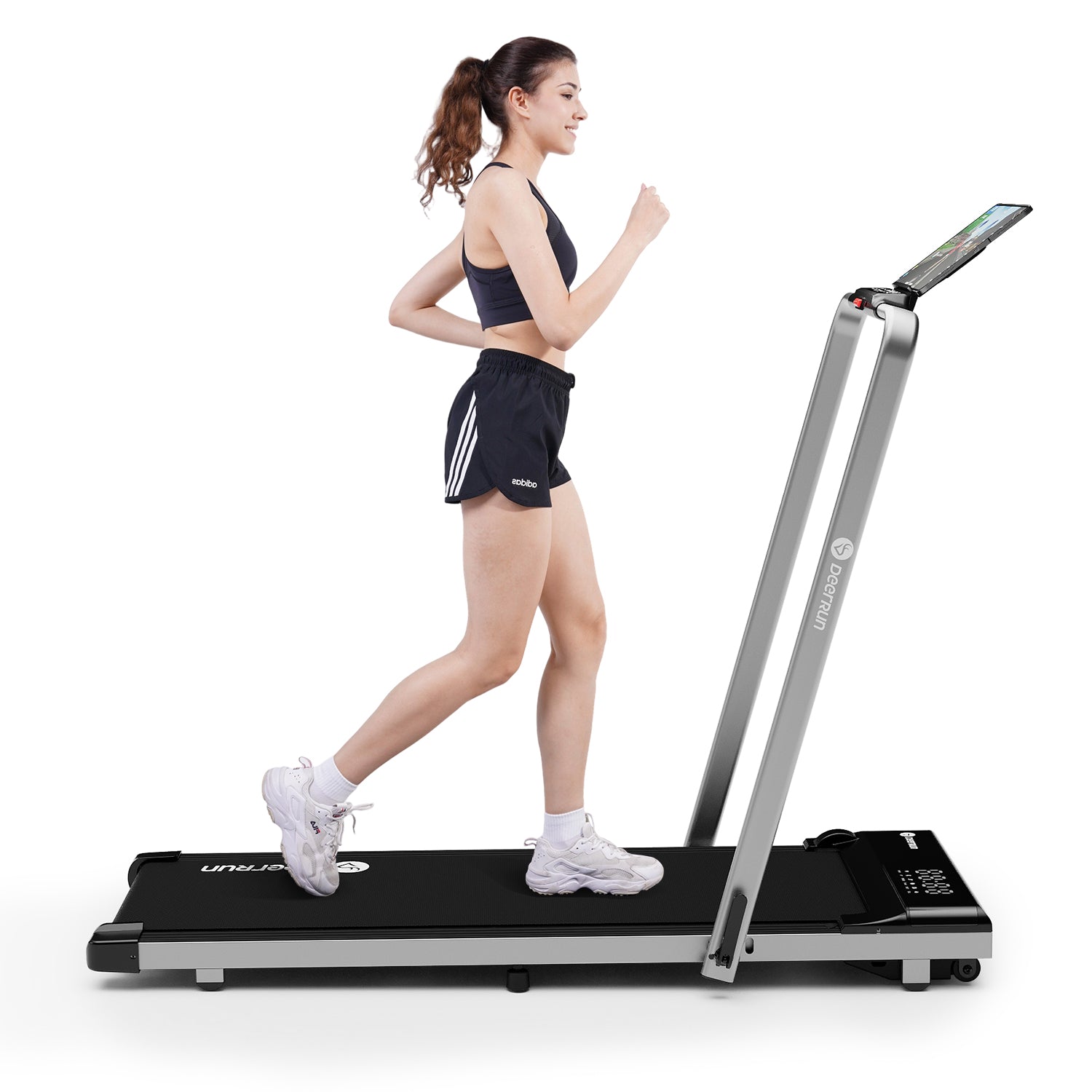
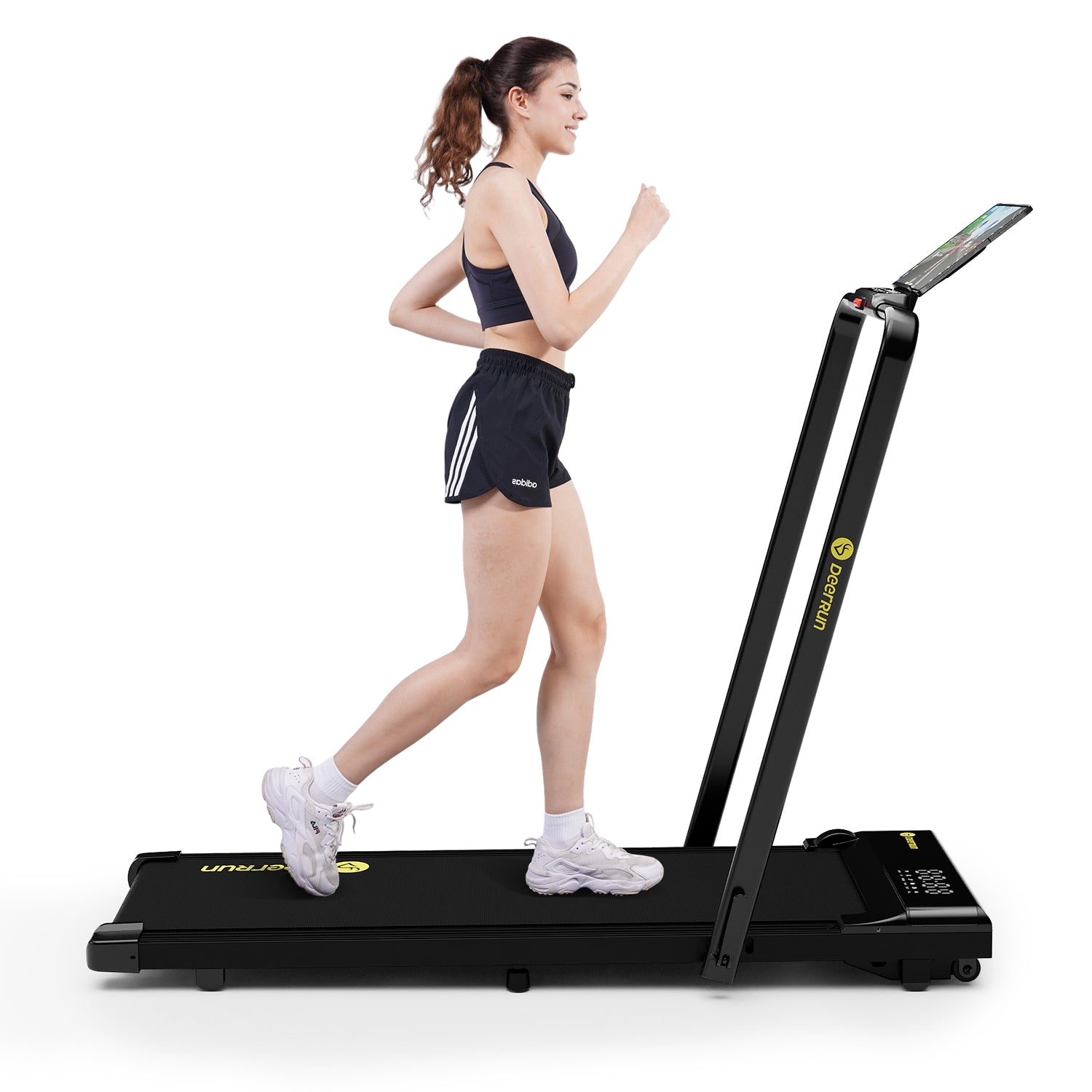







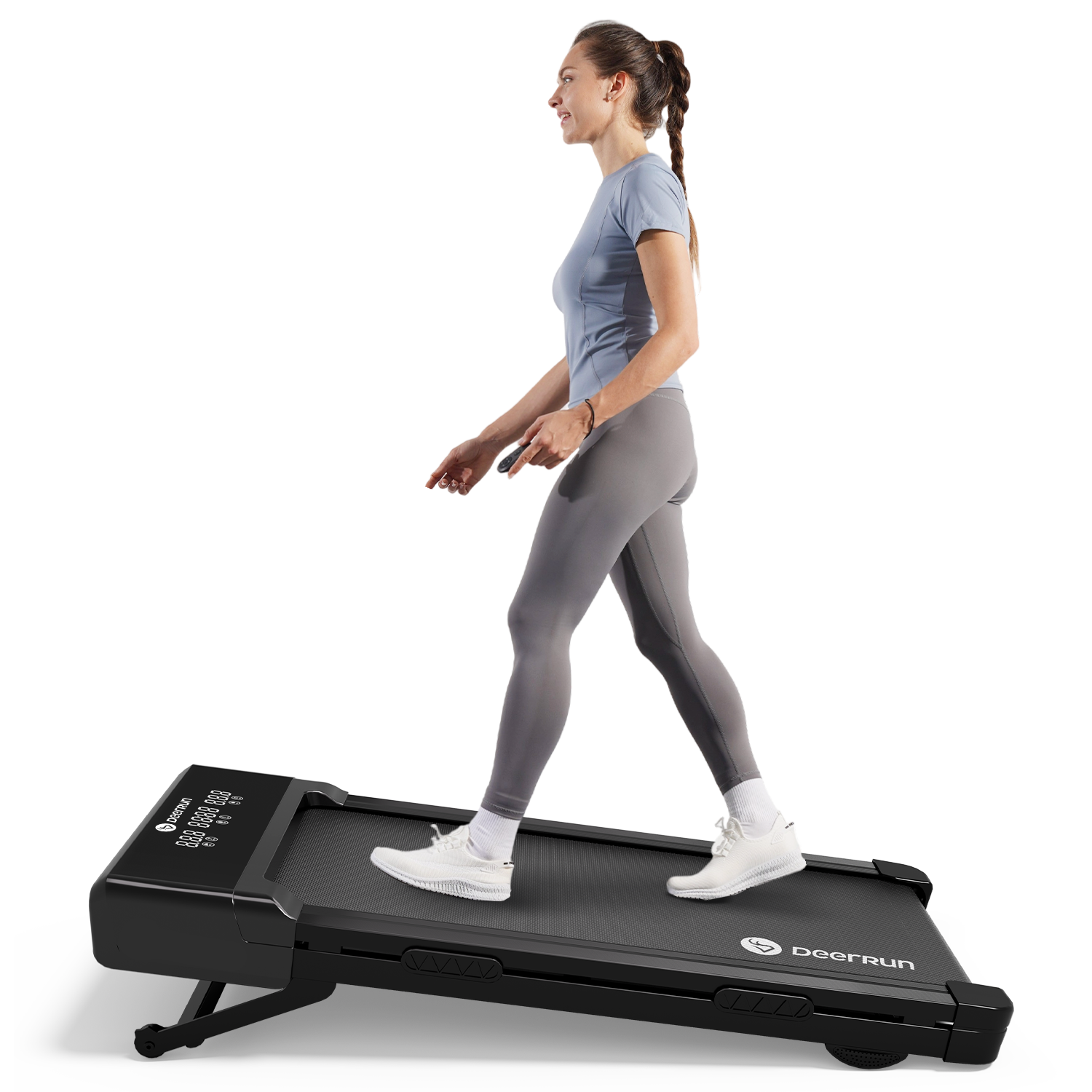
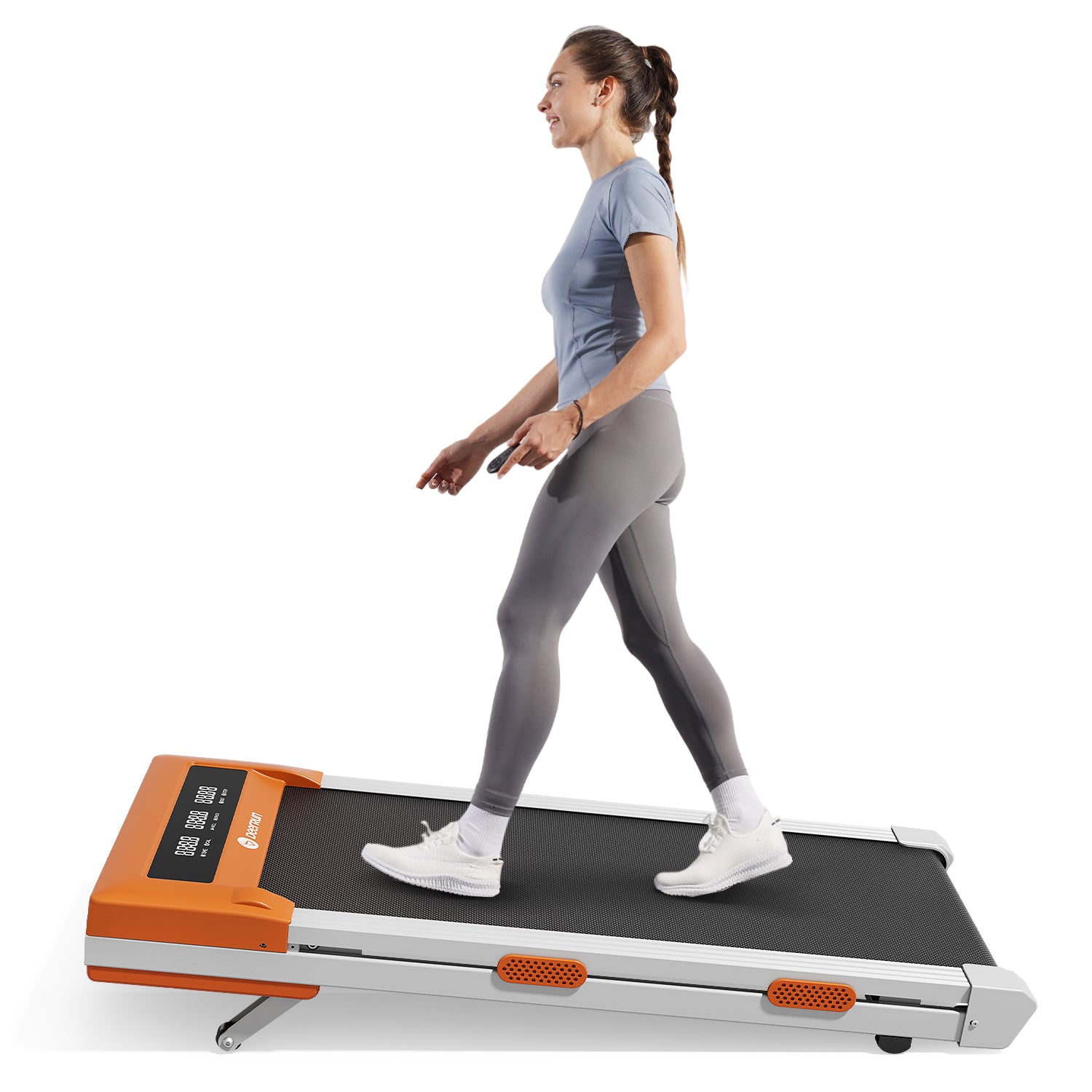

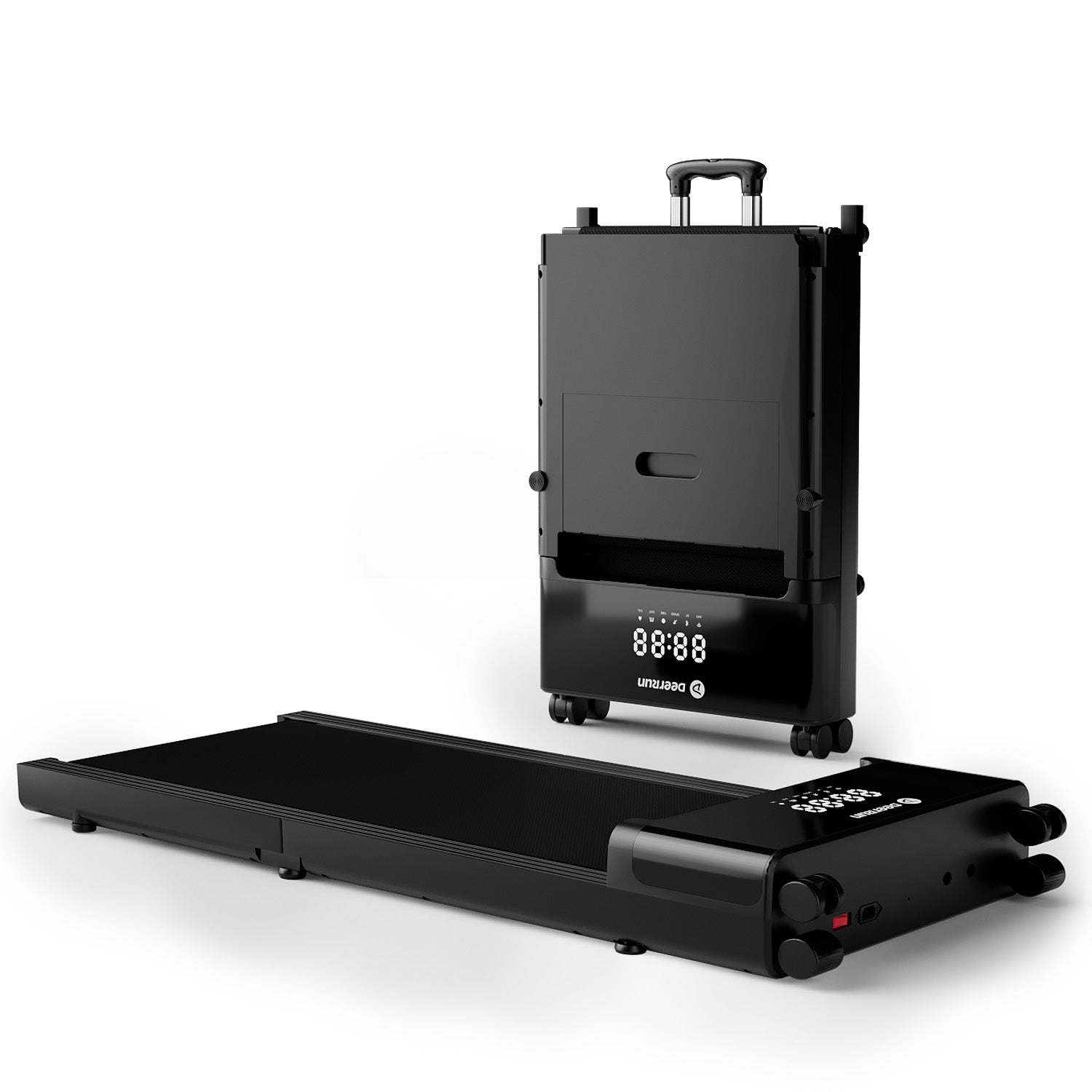

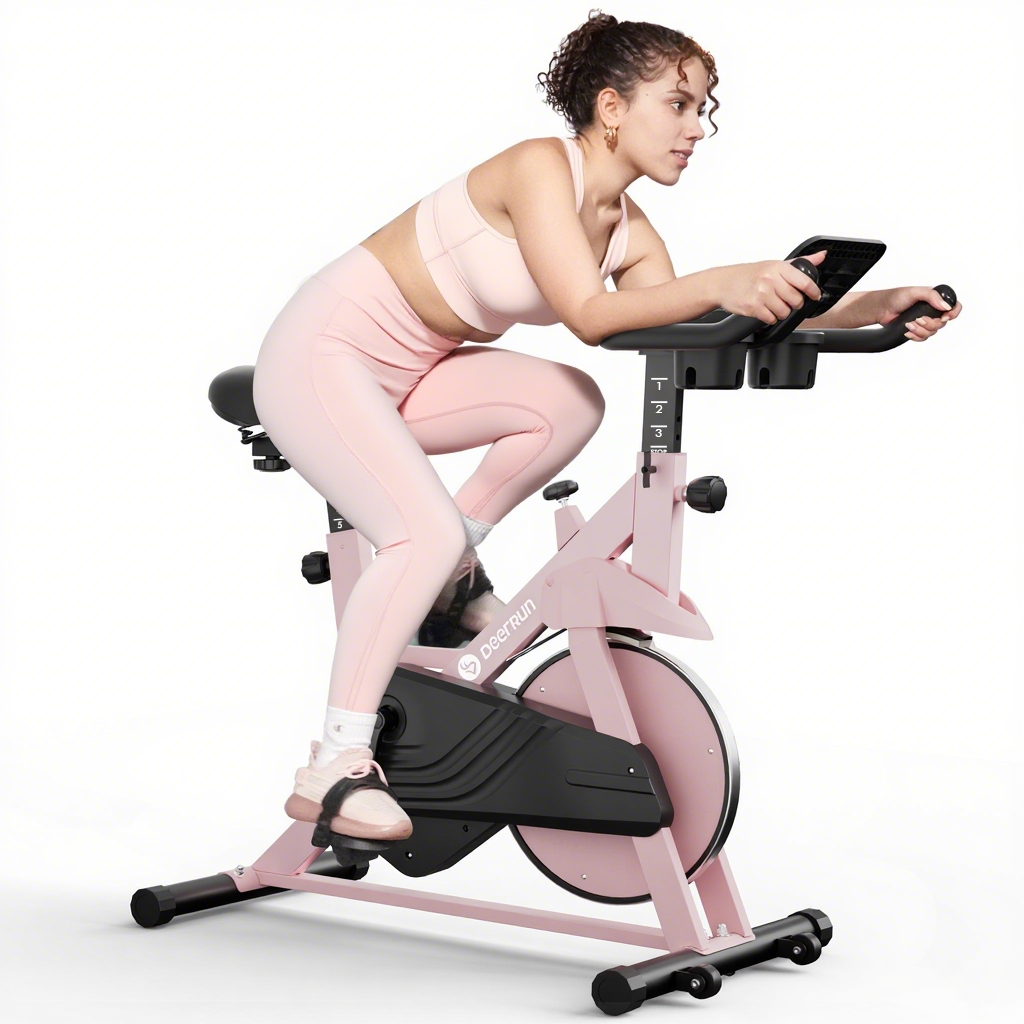
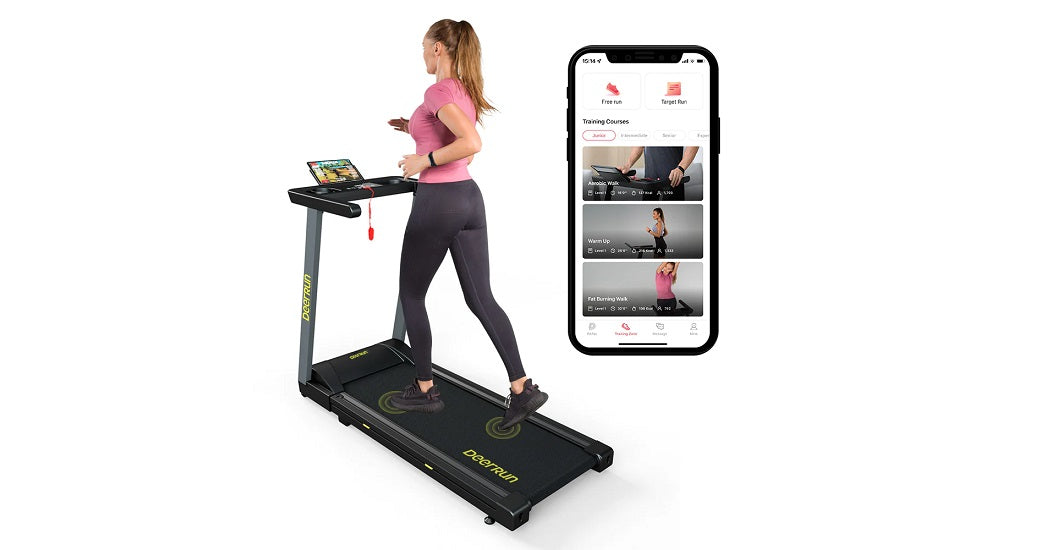
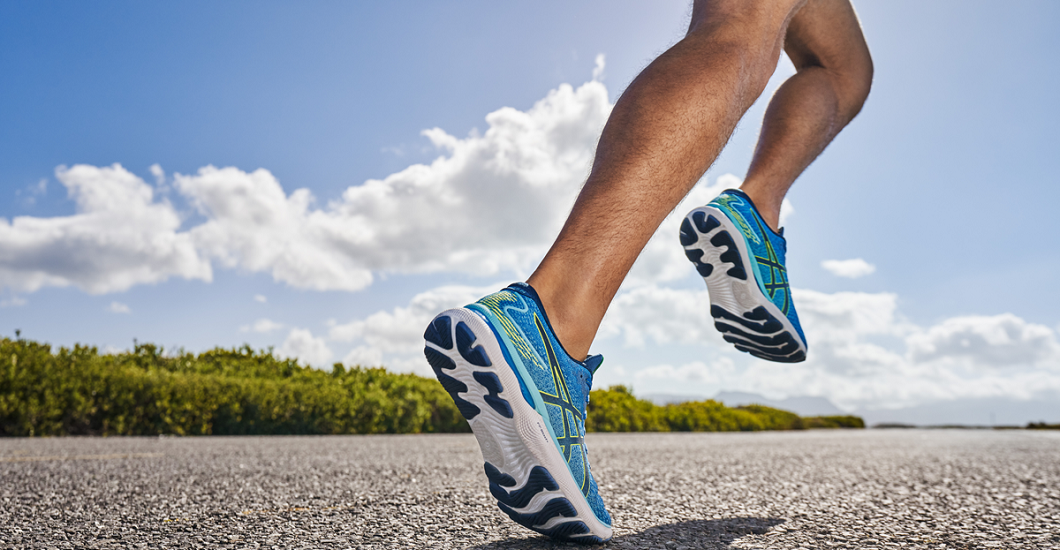

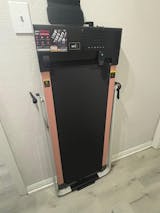
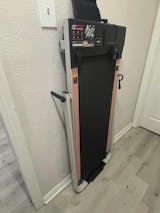
Leave a comment
All comments are moderated before being published.
This site is protected by hCaptcha and the hCaptcha Privacy Policy and Terms of Service apply.